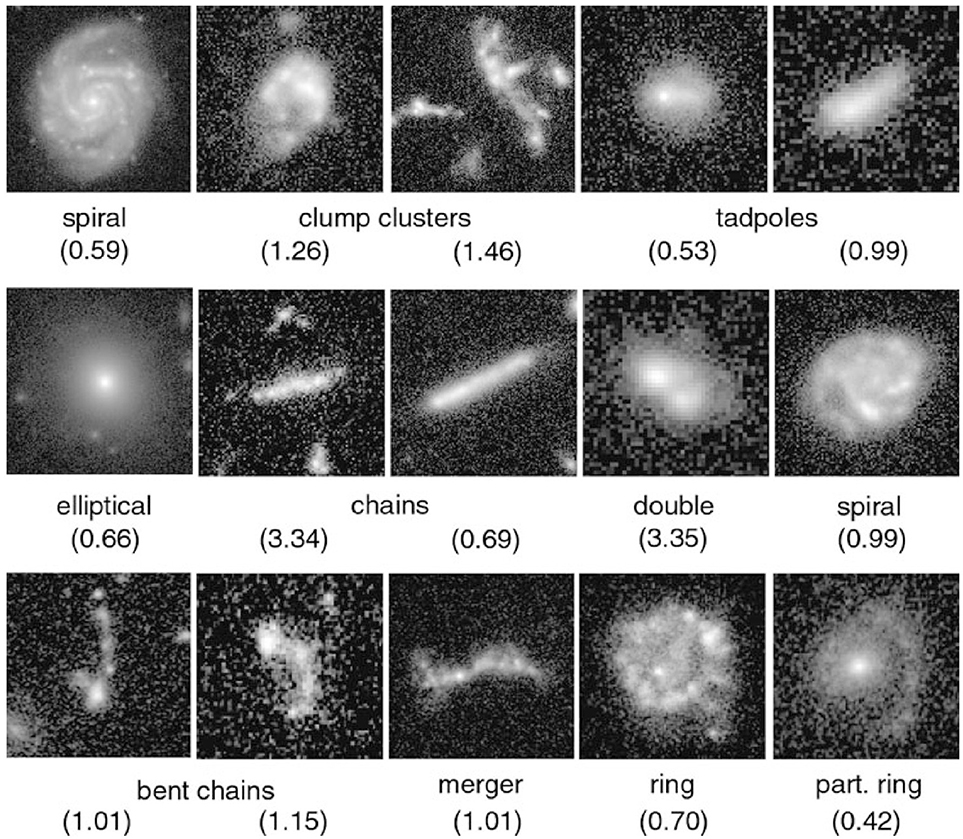
hydrogen/helium), unless you postulate that the laws of physics themselves are different far away from us, which has its own set of problems. But how would you create a star that is redder? Starlight is well-understood (see main sequence), and you can't get stars that are that much redder from the same building blocks as stars around us (i.e. Maybe stars in faraway galaxies are just redder.Problem with this is, how why are those galaxies receding from us? Did we kick them? If so, how? See also Copernican principle. This makes the redshift a pure doppler redshift.


We accurately estimated the cluster centres, computing them as the average of angular positions and redshifts of the closest galaxies to the brightest cluster galaxies. We analysed the velocity distribution of the cluster member galaxies to make new measurements of the gravitational redshift effect inside galaxy clusters. We considered a spectroscopic sample of 3058 galaxy clusters, with a maximum redshift of 0.5 and masses between 10 14 − 10 15 M ⊙. We exploit spectroscopic galaxy and galaxy cluster samples extracted from the latest releases of the Sloan Digital Sky Survey (SDSS) to derive new constraints on the gravity theory. The peculiar velocity distribution of cluster member galaxies provides a powerful tool to directly investigate the gravitational potentials within galaxy clusters and to test the gravity theory on megaparsec scales.Īims. INAF – Osservatorio Astrofisico di Arcetri, Largo E. INFN – Sezione di Roma Tre, Via della Vasca Navale 84, 00146 Rome, Italy INFN – Sezione di Bologna, Viale Berti Pichat 6/2, 40127 Bologna, Italyĭipartimento di Fisica, Università degli Studi Roma Tre, Via della Vasca Navale 84, 00146 Rome, Italy INAF – Osservatorio di Astrofisica e Scienza dello Spazio di Bologna, Via Piero Gobetti 93/3, 40129 Bologna, Italy Moscardini 1 ,3 ,4ĭipartimento di Fisica e Astronomia “Augusto Righi” – Alma Mater Studiorum Università di Bologna, Via Piero Gobetti 93/2, 40129 Bologna, ItalyĮ-mail: Univ., CNRS/IN2P3, CPPM, 163 Avenue de Luminy, Case 902, 13288 Marseille Cedex 09, France Astronomical objects: linking to databasesĭ.Including author names using non-Roman alphabets.Suggested resources for more tips on language editing in the sciences

Punctuation and style concerns regarding equations, figures, tables, and footnotes


 0 kommentar(er)
0 kommentar(er)
